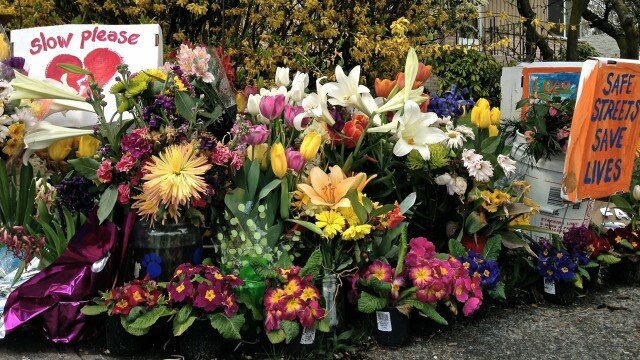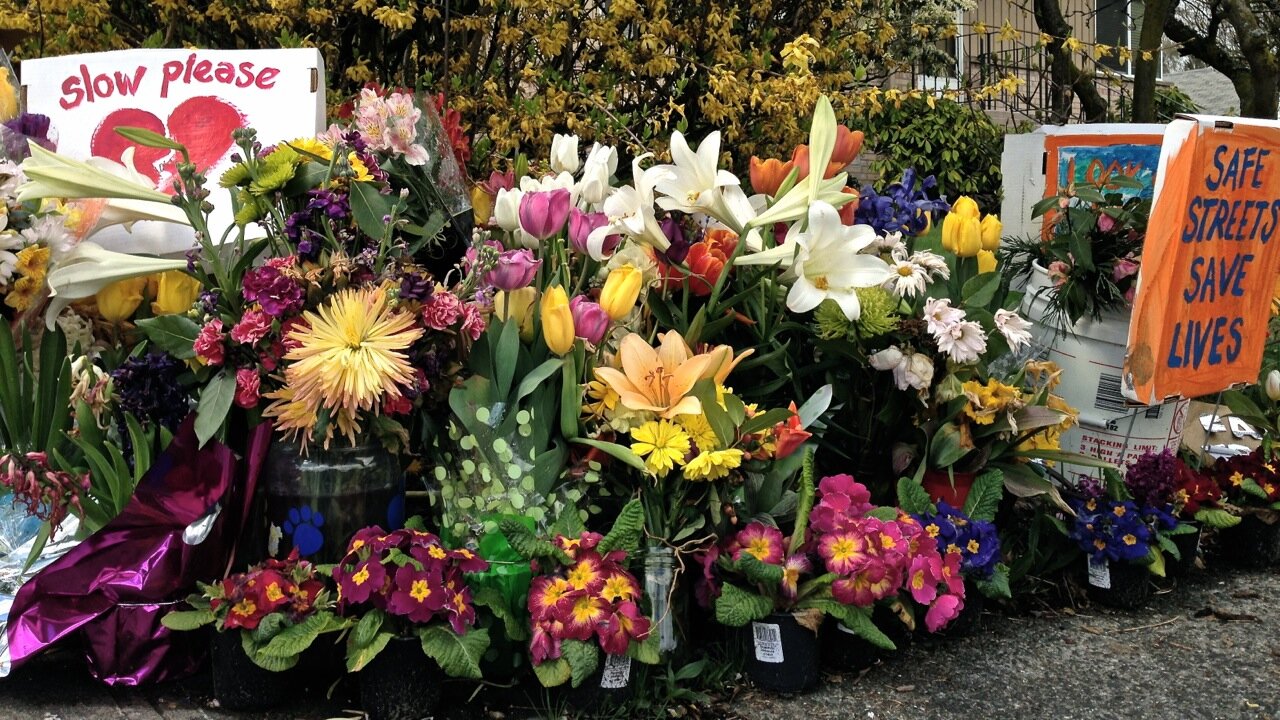
Seattle may rank eighth on INRIX’s 2012-13 ranking of the “Top 10 Worst Cities for Traffic in America,” but if early projections from the National Highway Traffic Safety Administration stand, the Northwest will have notched a seventh-straight-year of declining traffic fatalities. That’s in contrast to the U.S. as a whole, which saw fatalities increase by five percent between 2012 and 2011, to a rate of 1.16 deaths per 100 million vehicle miles traveled (VMT), for a total of 34,080.
Context is important: That five-percent rise still makes 2012 one of the safest years in the past 60. Back in the 1960s, when Don Draper and colleagues were tooling around half in the bag, the fatality rate was more like five deaths per 1oo million VMT. In Washington State, it reached an all-time low of 0.8 in 2010 and 2011. In 2011, just 454 traffic fatalities were recorded.
Traffic volume was up very slightly, by just 0.3 percent, but only the Northwest Region 10 (Washington, Oregon, Idaho, Montana, and Alaska) and Region 2 (New York, New Jersey, and Pennsylvania) managed a reduction of traffic fatalities, year-over-year, of one percent. New England and the Southwest reached double digits in their increase in deaths, trailed by California and Arizona with their nine-percent rise.
Most of the spike in traffic deaths came during the wintry first quarter of 2012.
Because the numbers are preliminary, the NHTSA isn’t pointing fingers at specific causes. It was true, though, that in 2011, about half of all people killed in accidents weren’t wearing their seat belt. (In Washington State, where seat belt usage is high, about one-third of people killed weren’t wearing theirs.) Texas, which has the fastest speed limits in the country, has seen an increase in deaths from single-vehicle accidents — losing control of the car at 85 mph is more likely to kill you.
Why would people lose control? A survey finds that “at any given daylight moment” in the U.S., some 660,000 drivers are messing with their cell phone or other electronic device. Despite states banning texting or even holding a cell phone, that number has remained constant since 2010. Distracted driving meant the deaths of 3,331 people in 2011.
